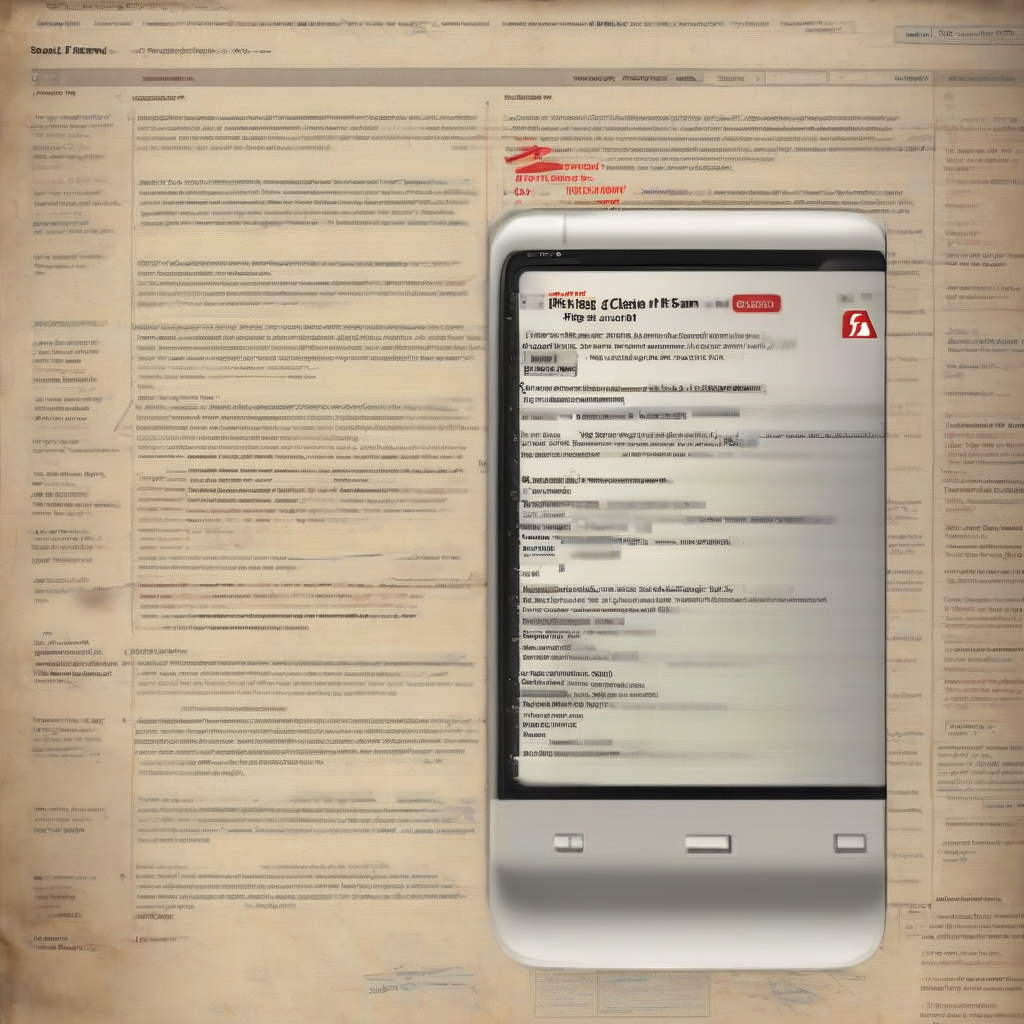Navigating the State Farm Claims Process: A Comprehensive Guide
Filing a claim with State Farm can feel overwhelming, but understanding the process can significantly ease the experience. This guide provides a step-by-step walkthrough, addressing common questions and potential challenges.
Understanding Your State Farm Policy
Before filing a claim, thoroughly review your State Farm insurance policy. This crucial step helps determine your coverage, deductibles, and the specific procedures for filing a claim related to your situation. Familiarize yourself with the definitions of covered incidents and exclusions. Note the contact information for your agent and State Farm’s claims department.
- Identify your policy number: This is essential for quick claim processing.
- Review your coverage limits: Understand the maximum amount State Farm will pay for a particular claim.
- Check your deductible: Know how much you’ll need to pay out-of-pocket before State Farm begins coverage.
- Understand your policy’s exclusions: Certain events or damages may not be covered under your policy.
Types of Claims Handled by State Farm
State Farm handles a wide variety of insurance claims. Understanding the specific type of claim you need to file is the first step towards a smooth process.
- Auto Claims: These cover damages resulting from car accidents, including property damage, injuries, and theft.
- Homeowners Claims: These cover damage to your home and belongings caused by events like fire, windstorms, or theft.
- Renters Claims: Similar to homeowners claims, but covering personal belongings and liability within a rented property.
- Life Insurance Claims: These involve the death benefit payout to designated beneficiaries.
- Health Insurance Claims (if applicable): This pertains to medical expenses incurred and reimbursement processes.
Filing a Claim: A Step-by-Step Guide
The process may vary slightly depending on the type of claim, but the general steps remain consistent.
Step 1: Report the Incident Immediately
Timely reporting is crucial. Contact State Farm as soon as possible after the incident. The quicker you report, the faster the claims process can begin.
Step 2: Gather Necessary Information
Before contacting State Farm, collect all relevant information. This will streamline the process and avoid delays.
- Policy information: Your policy number and coverage details.
- Incident details: Date, time, location, and circumstances of the incident.
- Contact information: Names, addresses, and phone numbers of all involved parties.
- Police report (if applicable): Obtain a copy of the police report if the incident involved law enforcement.
- Witness information: Names and contact details of any witnesses.
- Photos and videos: Document the damage with clear photos and videos.
Step 3: Contact State Farm
Contact State Farm through your preferred method: phone, online, or through your agent.
- Phone: Call State Farm’s claims department directly using the number on your policy.
- Online: Use State Farm’s online portal to file a claim. This is often the quickest and most convenient option.
- Agent: Contact your State Farm agent, who can guide you through the process.
Step 4: Cooperate with the Adjuster
State Farm will assign a claims adjuster to investigate your claim. Cooperate fully with the adjuster by providing all requested information and documentation promptly.
- Schedule an inspection: The adjuster will likely need to inspect the damaged property.
- Provide supporting documentation: Submit all necessary documents, such as receipts, estimates, and medical bills.
- Answer questions truthfully and completely: Providing accurate information is essential for a fair and efficient claim settlement.
Step 5: Review the Claim Settlement
Once the investigation is complete, State Farm will offer a settlement. Carefully review the offer to ensure it accurately reflects the damages and your coverage.
- Negotiate if necessary: If you disagree with the settlement, you can negotiate with the adjuster.
- Understand your rights: Know your rights as a policyholder and don’t hesitate to seek legal counsel if needed.
- Appeal the decision (if necessary): If you remain unsatisfied with the settlement, you can appeal the decision through State Farm’s internal appeals process.
Common Issues and How to Address Them
While the process is generally straightforward, certain issues can arise.
- Delayed claim processing: Delays can occur due to various factors, including missing information or complex investigations. Proactively follow up with your adjuster to ensure the process remains on track.
- Disputes over coverage: If State Farm disputes your coverage, review your policy carefully and seek legal advice if necessary.
- Low settlement offers: If you believe the settlement offer is too low, gather additional supporting documentation and negotiate with the adjuster.
- Difficulties communicating with State Farm: If you face difficulties communicating, escalate the issue to a supervisor or seek assistance from your agent.
Maintaining Good Communication
Throughout the claims process, maintaining open and clear communication with State Farm is vital. Keep records of all communications, including dates, times, and the names of individuals you spoke with.
Seeking External Assistance
If you experience significant difficulties navigating the claims process, consider seeking assistance from:
- Your State Farm agent: Your agent can serve as a liaison between you and State Farm’s claims department.
- A public adjuster: A public adjuster is an independent professional who can represent your interests and assist with negotiating a fair settlement.
- An attorney: If you encounter significant challenges or disputes, consult with an attorney specializing in insurance law.
Understanding Your Rights
Familiarize yourself with your rights as an insured individual. Know the timelines for various stages of the claims process and the avenues available to resolve disputes.
